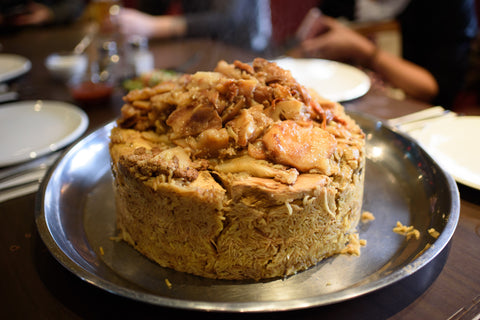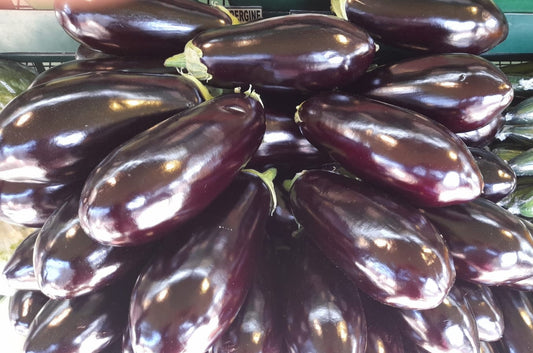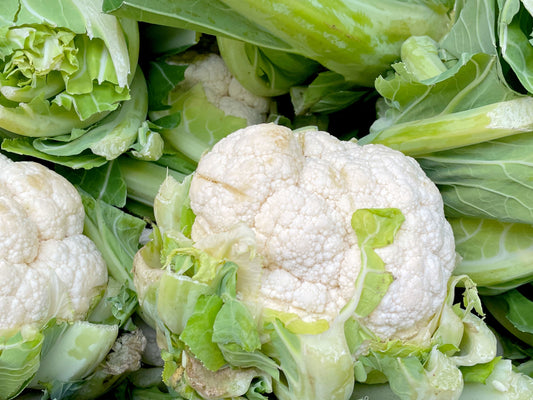It’s a favourite across the Middle East but which is the right way to cook it? Here we explore a bit of the history, how it’s made and what makes Maqluba one of the most anticipated dishes to come out of the kitchen.

What exactly is Maqluba?

Let’s step back in history and explore the origins of maqluba.

But where does it come from I hear you ask? Well, there are many stories about the origin of maqluba. One particular story says that it was invented by a Syrian cook who was trying to impress a visiting dignitary. Another suggests that it was created during the time of the Crusades by Arab cooks who were trying to come up with a new way to use leftover rice! Whatever its origin, what we do know though is that maqluba has become a much-loved dish in the Middle East. There’s just lots of differing opinions about who invented it, and which version is the best. (Mum’s recipe of course, right?!)
So, how is Maqluba made?
We’ll keep this simple. You won’t find a maqluba recipe here but we’ll tell you roughly how it’s made.
To cook Maqluba, you first brown off the meat (usually chicken or lamb) in a pot with some oil. To that you’ll then add rice and enough water to cover everything. Once the water comes to a boil, chopped vegetables are added (such as tomatoes, potatoes, aubergine, and onions), as well as spices, like cinnamon, allspice, and cardamom. The pot is then covered and left to simmer until the rice is fully cooked.
There are many variations of maqluba though (which we’ll come on to in a bit), so ingredients do vary, but it’s typically cooked with aubergine, cauliflower or mushroom.
The one common theme is that the outside is covered in thin slices of aubergine, which help the dish retain its shape and add to the presentation. It’s usually then served with yoghurt on the side.
Which aubergine is best for making maqluba?
Firstly, is it Aubergine or Eggplant? Well, really they’re one and the same, just different names for the same vegetable, but there’s so many different varieties.
Do you know which aubergine is the best one for maqluba? And why it's so important to have the right one if you’re out to impress?
Let’s start by exploring some of the most popular types of aubergine. There’s the baby round aubergine, baby round black aubergine, baby long black aubergine and finally the large aubergine.

With the baby round aubergine you can make Makdous - it’s small and you can stuff it with walnut and red pepper paste. The small size allows it to fit in jars to be stored in oil.
With the large long black aubergine, you can make Mahsi. Because it doesn’t have too many seeds, it’s better for stuffing.
Lastly, the large aubergine! In our opinion, this one is the best for Maqluba. It’s perfect because it’s big and because of its teardrop shape. When creating your maqluba in your cooking pot, you can easily cover the bottom and sides of the pot, working from the centre out and upwards without too much overlapping. This means that the rest of the ingredients are really well supported. When you flip the pot, the teardrop slices of aubergine will cover the whole of the dish. The pattern really sets everything off beautifully and creates a first-class impression

Here’s our top tip. You need to cut the aubergine lengthways and place it at the bottom of the pot with the thinner end of the aubergine in the centre and the wider base of the aubergine running up the sides. This can be before or after the meat. If you cut it this way you’ll probably make a whole maqluba like this with just one aubergine…depending on the size of the cooking pot of course!
Making Maqluba with the small aubergine will take you forever to fill the whole pot! There’s also a higher risk that your beautiful dish will collapse when you unveil it - you’ve been warned!
There are common ingredients though, right?

So, yes. Having said that there are cultural differences, and favourite ways of making this delicious dish, there are some common ingredients.
Here’s a list of our recommended ingredients - all you need to do is choose your favourites, or refer to your maqluba recipe.
Fresh Meat - typically Chicken or Lamb
Fresh Vegetables - Large aubergine (eggplant) of course, potato, onion, tomato, cauliflower, peppers, mushrooms
Rice - common choices are basmati rice or Egyptian rice
Spices - cinnamon, cardamom, allspice, turmeric, bay leaves, salt, black pepper
Feeling hungry yet? Shop all the ingredients at MyJam
-
Whole Chicken Halal apx 1200g
Regular price £4.65Regular priceUnit price per -
Lamb Cubes Halal 500G
Regular price £11.76Regular priceUnit price per£11.76Sale price £11.76 -
Al Doha Egyptian Rice 900G
Regular price £3.55Regular priceUnit price per£3.55Sale price £3.55 -
Large Aubergine 500g
Regular price £2.79Regular priceUnit price per -
Cauliflower Apx 1.2-1.5kg
Regular price £2.71Regular priceUnit price per -
Tomato 500g
Regular price £0.90Regular priceUnit price per
Enjoying maqluba at home

To an outsider or someone that has always seen it being cooked, but not done it themselves, making maqluba for the first time might seem a bit daunting. Don’t let this put you off though. Everyone has to start somewhere and, you never know, you might be pleasantly surprised when you do the flip and the big reveal!
If you’re not quite confident enough, or you just want to get a good taste of what you’re missing out on, then you should try makloba from Abu Zaad at MyJam (note another different spelling!!!).
Abu Zaad restaurants have been serving authentic Damascene and Middle Eastern food in London for over 20 years. When you order from MyJam they’ll prepare their famous and authentic makloba with fresh ingredients and it’ll be full of flavour. All you’ll need to do is re-heat it and serve.
So, there you have it… if you’ve enjoyed learning a little bit about maqluba then share your own experiences and variations with us and, you never know, we might even rate your flip and the unveiling! Would you get a 10 out of 10? Just remember to tag us in - @myjamfood
Before you go…it can be incredibly difficult to find the groceries you need to make the authentic foods you love. But that all changes with MyJam - we’re the UK’s largest cultural grocery store. You can shop online for thousands of authentic groceries, seasonal products and halal foods and get it all delivered to your door. Shop for ingredients for maqluba and so much more. We offer the best range you’ll find in one place.











